INFLUÊNCIA DA TOPOGRAFIA NA MOLHABILIDADE EM SUPERFÍCIES DE TITÂNIO TRATADAS POR PLASMA
DOI:
https://doi.org/10.18816/r-bits.v5i2.7247Resumo
O titânio, devido sua afinidade com o oxigênio, possui uma camada óxida crescida espontaneamente durante as diferentes etapas de seu processamento. Para eliminar essa camada durante o pré-tratamento a plasma, geralmente utiliza-se um pré-tratamento para limpeza. Com o objetivo de estudar a influência topográfica na molhabilidade de superfícies tratadas por plasma, utilizou-se atmosferas de Ar, H2 e mistura Ar-H2. Foram utilizados 18 discos de Ti cp (grau II), com 10 mm de diâmetro e 1 mm de espessura. Estas amostras foram submetidas durante 20 e 60 minutos num plasma produzido por uma descarga de cátodo oco (HCD), por uma voltagem de 500 V, atmosferas de Ar, H2 e Ar/H2 e pressão de 220 Pa. Nessas condições a temperatura das amostras elevou-se a 473K. Após o pré-tratamento, o estado das superfícies das amostras foi avaliado quanto às fases superficiais (GIDRX), nanotopografia (AFM) e molhabilidade (ensaio da gota séssil). Verificou-se que todas as condições foram efetivas na redução do óxido e que resultaram em diferentes valores de molhabilidade. Avaliou-se a correlação entre os parâmetros topográficos Ra e Rp/Rz com a molhabilidade para as diferentes condições de tratamento. Diante dos resultados obtidos conclui-se que os parâmetros Ra e Rp/Rz não são apropriados para correlacionar com a molhabilidade e sugere-se um novo parâmetro topográfico que contemple a equação de Cassie – Baxter.Downloads
Referências
BINON, P.P.; WEIR, D.J. MARSHALL, S.J. Surface analysis of an original Branemark implant and three related clones. Int. J. oral Maxillofac. Implants, Summer 1992. 7n. 2, p. 168-175.
KASEMO, B. Surface Science. 2002; 500, 656
KASEMO, E., LAUSMAA,J.: Biomaterial and implant surfaces: On the role of cleanliness, contamination and preparation procedures. J. Biomed. Mater .Res.1988; 22:1.45-1.58.
M. TAKEUCHIA et al., Acid pretreatment of titanium implants. Biomaterials, 2003; 24,1821–1827.
LIU X., CHU P. K., DING C., Surface modification of titanium, titanium alloys, and related materials for biomedical applications, Materials Science and Engineering, 2005;01 – 69.
CHANG H.Y. el al., Surface Oxide that cleans for a Surface of plasma of atmospheric pressure and Layers, Materials Science and Engineering, 2004; 177 -178, 711-715.
SÁ, J. C., et al. Influence of argon ion bombardment of titanium surfaces on the cell behavior. Surface & Coatings Technology. 2008; 203: 1765-70.
SILVA, M. A. M.; MARTINELLI, A. E.; ALVES JR, C.; NASCIMENTO, R. M.; TÁVORA, M. P.; VILAR, C. D. Surface modification of Ti implants by plasma oxidation in hollow cathode discharge. Surface & Coatings Technology 20, 612 – 620,2005.
GUERRA NETO, C.L.B; SILVA, M.A.M,; ALVES, JR C., In vitro study of cell
behaviour on plasma surface modified titanium. Surface Engineering, p.146-150, 2009.
GUERRA NETO, C. L. B., SILVA, M. A. M., ALVES JR., C. Experimental study of plasma nitriding dental implant surfaces. Surface Engineering. 2009; 25,1-4.
HSIEH J.H., C. LI. Effects of hollow cathode and Ar/H2 ratio on plasma cleaning of Cu lead frame. Surface and technology, 2006; 101-103.
ZHU et al., Effects of topography and composition of titanium surface oxides on osteoblast responses, Biomaterials, 2004; 25, 4087- 4103.
GUERRA NETO, C. L. B. ; SILVA, M. A. M. ; ALVES JR, C. . Osseointegration evaluation of plasma nitrided titanium implants. Surface Engineering, v. 25, p. 434-439, 2009
ALVES JR, C. et al., Nitriding of titanium disks and industrial dental implants using hollow cathode discharge. Surface and Coatings Technology, 2005; 194, Issues 2-3:196-202.
WHITEHEAD SA, SHEARER AC, WATTS DC, WILSON NH. Comparison of methods for measuring surface roughness of ceramic. J Oral Rehabilitation 1995; 22(6): 421-7.
ELIAS, C. N., OSHIDA, Y., LIMA, J. H. C et al. Relationship between surface properties (roughness, wettability and morphology) of titanium and dental implant removal torque. Journal on Mechanical Behavior of Bio medical Materials, v. 1, p. 234-42, 2008.
LIM, Y. J., OSHIDA, Y. Initial contact angle measurements on variously treated dental/medical titanium materials. Biomedical materials and engineering, p.1-17, 2001
ALBREKTSSON, T., WENNERBERG, A. Oral implant surfaces: Pat 1 - review focusing on topographic and chemical properties of different surfaces and in vivo responses to them. International Journal of Pros-thodont v. 17, p. 536-43, 2004.
CHRISTENSON EM, ANSETH KS, VAN DEN BEUCKEN JJ, CHAN CK, ERCAN B, JASEN JA et al. Nanobiomaterial applications in orthopedics. J Orthop Res 2007;25:11-22.
A. MARMUR, LANGMUIR 19 (2003) 8343–8348.
H. NAKAE, R. INUI, Y. HIRATA, H. SAITO, Effect of surface roughness on wettability, Acta Mater. 46, 7 (1998) 2313-2318.
Y.Y. YAN.; N. GAO.; W. BARTHLOTT. Mimicking natural superhydrophobic surfaces Bormashenko, E., General equation describing wetting of rough surfaces, Journal of Colloid and Interface Science 360 (2011) 317–319

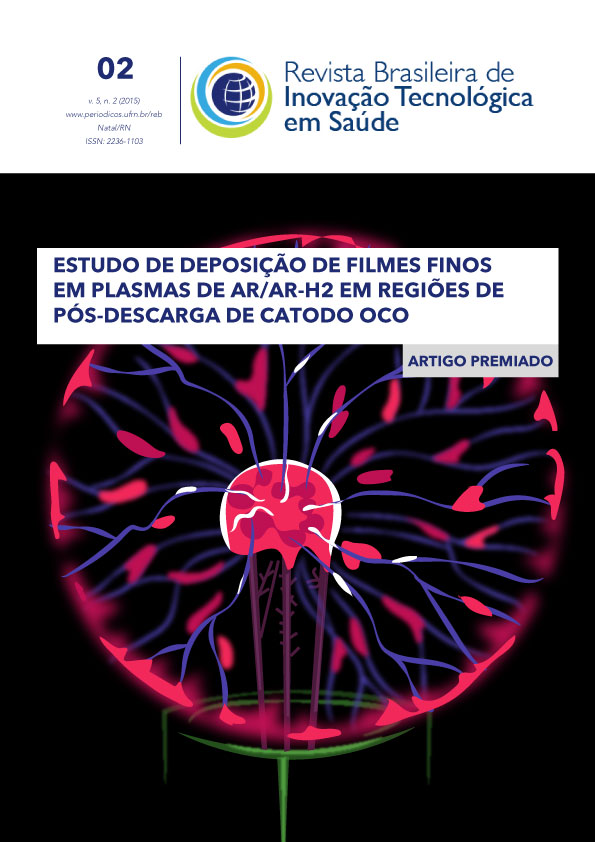
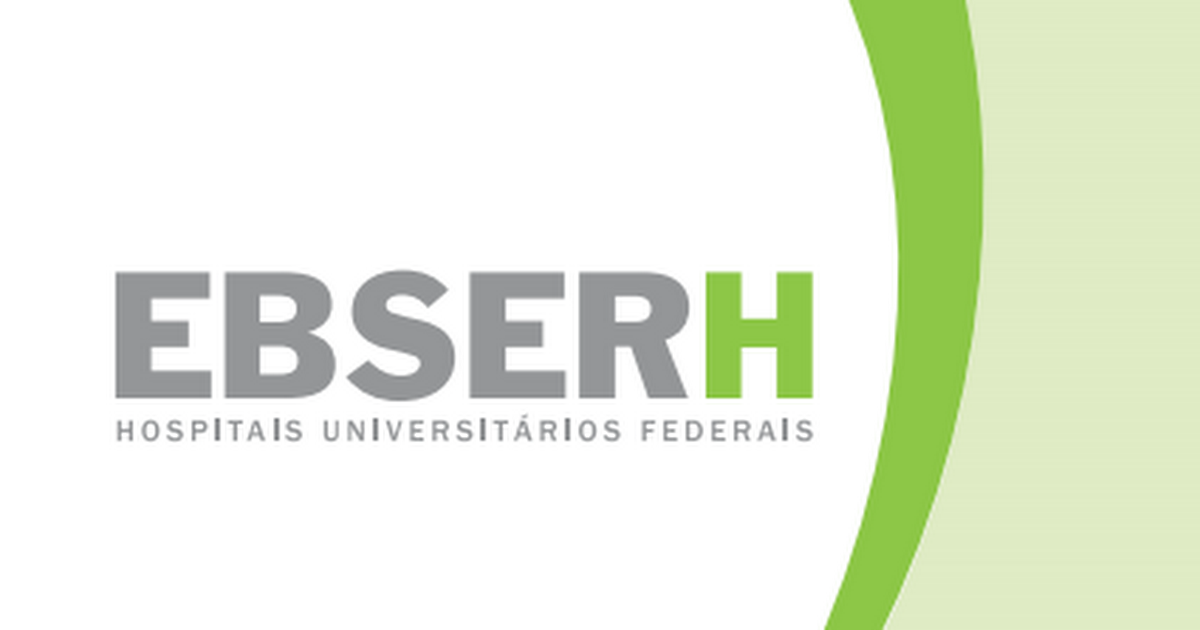
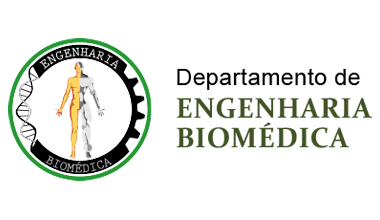
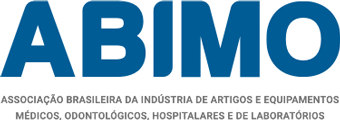

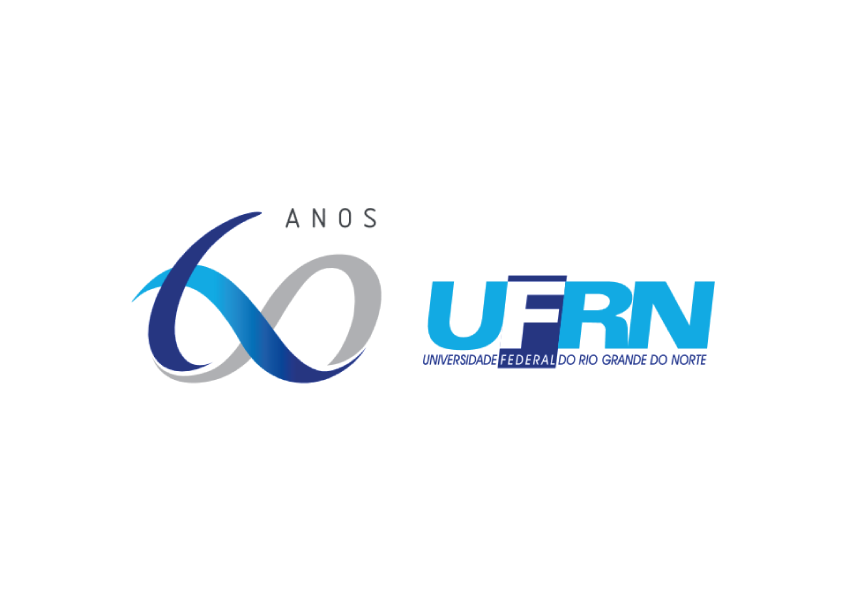

 Português (Brasil)
Português (Brasil) English
English Español (España)
Español (España)






